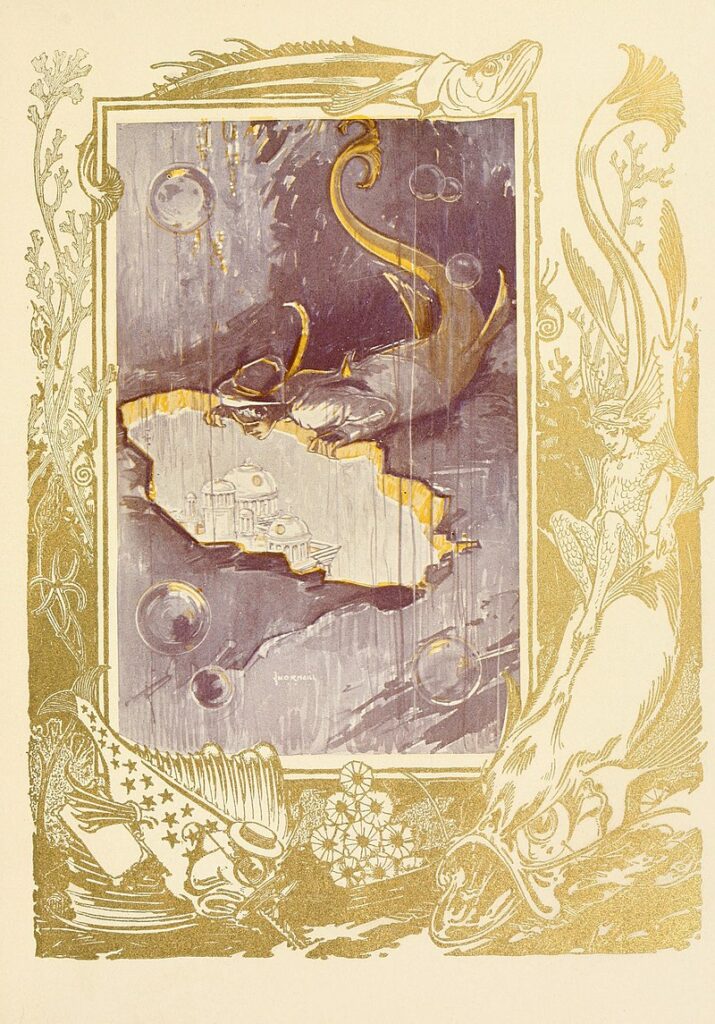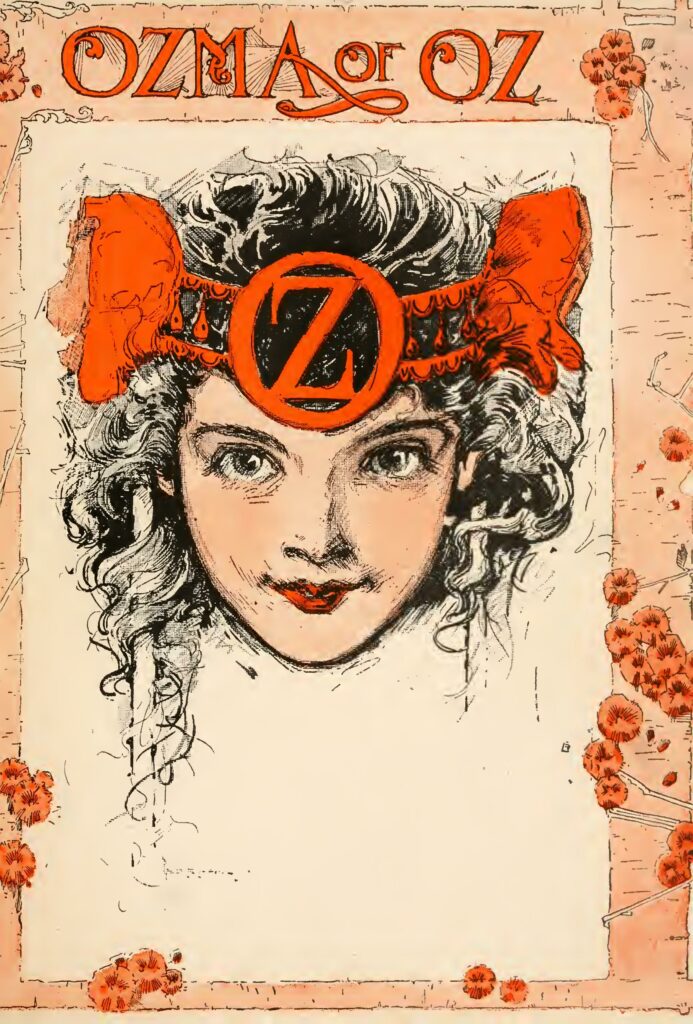Final Considerations
The Emerald City is a good point to end the Oz series. Baum had clearly lost his touch and enthusiasm. The series has declined in quality since the third book, the fifth and sixth especially underwhelming. He has stripped out all space for drama or conflict in Oz, removing the magic, perilous beasts, possibility of the slightest moral gray, and even the existence of unfriendliness. Any past tension he just decides to ignore. Even the point of the original novel seems lost on its author, who decides the morally ambiguous Wizard must be a real Wizard and that the Emerald City, whose emerald color in the original novel is another memorable deception, is actually emerald now. What remains of Oz is a saccharine blob forever locked inside itself. That the segments with Guph outside of Oz are so much more dramatic, fun, and interesting than those within makes clear Baum’s excitement to write about other places. We are lucky he went on to spend his later career doing just that.
I’m kidding, kidding! Baum would never escape Oz. Turns out Oz was cut off for less than forever.
In 1910, Baum had been writing an Oz novel a year for three years. In 1911, to escape burnout, he tried to start a new series, also illustrated by Neill, about a California girl named Trot Griffiths. But Trot’s debut, The Sea Fairies, and its explicitly Oz-related sequel, Sky Island, did not perform as well as Baum hoped. (No wonder Sky Island underperformed if Baum thought what readers wanted more of from Oz was Button Bright of all people.)

Then Baum (wouldn’t you know it) managed to get in touch with Dorothy Gale using a wireless telegraph, resuming the series in 1913 with Little Wizard Stories and The Patchwork Girl of Oz. Baum wrote “quaint,” “queer,” “strange” Oz stories for the rest of his life, also running an unsuccessful Oz movie studio from 1914 to 1915. At least Baum seems to have utilized his ideas for Trot’s future adventures in his Oz books, in which Trot becomes a regular character.
Even Baum’s death did not end the series but simply passed on the torch to other royal historians, beginning with Ruth Plumly Thompson, a reportedly less inspired writer (whose first Oz book has a helping of racism and who notably has Ozma decide to just kill people), and then to more by others until there were at least forty novels. John R. Neill also wrote four of his own Oz books about an abrasive New Jersey girl named Jenny Jump. The series did not stop there! As the novels’ copyrights keep expiring, other authors have collectively written dozens of takes on Oz in various genres, including some questionable and unusual reinterpretations (I think there’s one where the Shaggy Man is a pedophile) and some more intriguing revisionism and sequels. Wicked by Gregory Maguire is probably the most famous of these, reimagining the Wicked Witch of the West as a terrorist battling the oppressive Oz state. And a large portion of the world met Oz not through the Oz series but through Alexander Volkov’s Magic Land novels. First published in Russian in the Soviet Union, Magic Land features a Kansas girl named Ellie Smith, rather than Dorothy Gale, and a series of adventures to save the Emerald City. One of these involves an alien invasion. This Russian-language series has also been continued by various other authors. The American Oz series still lives, too: as far as I know, the newest Oz novel is Shadows Over Oz, published in 2022 and written by David M. Keyes with illustrations by Jackson Smith. The next installment of this darker and edgier continuation, Prisoners of Oz, is slated for release in 2024. I cannot vouch for their quality. Far from delighting (and scaring) children today, Oz has become more an obscure historical curiosity than a popular series, at least here in the US.
Will I write posts about these dozens and dozens of Oz books? No. No, I will not. However, I will write one more of these Oz posts about the seventh Oz novel, the unexpected continuation The Patchwork Girl of Oz. In that one, Baum might have just got his spark back, with Oz not so tamed as the Glinda-minded might hope. You can read it here on my website or on Tumblr.
But this isn’t the end of my commentary! Please check out “The Politics of Oz” as well. Unlike this mess, it’s a proper essay.
By the way, if you enjoy what I do, it isn’t too late do give me a one-time donation on Ko-Fi.
